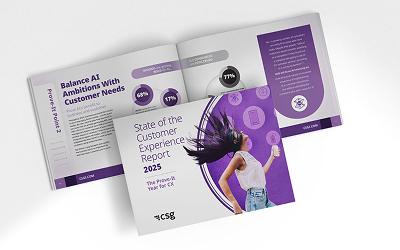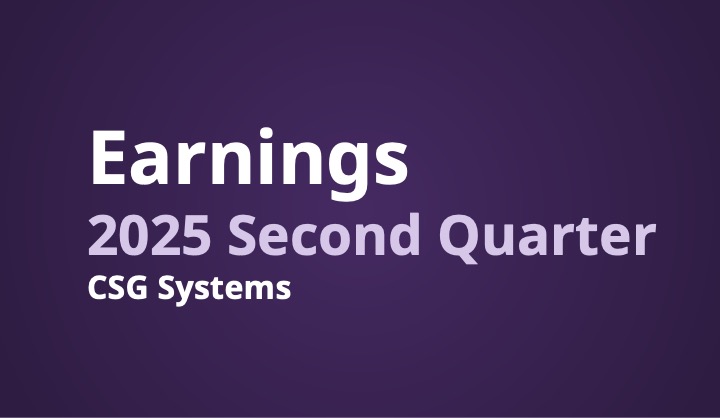More communication service providers (CSPs) are broadening their portfolios to include products and services co-created with their partners and customers. In addition, enterprise buyers have become increasingly used to the frictionless, B2C-style experiences from online marketplaces, such as those run by AWS and Google Cloud. But the complexity underlying the delivery of seamless omnichannel purchasing is growing significantly for CSPs.
CSPs must respond to their customers’ expectations for consistent purchasing experiences to maintain their B2B and B2B2X base. Yet, many CSPs struggle with sales due to siloed or poorly integrated selling and order capture systems, multiple product catalogs and legacy BSS stacks, leaving their B2B customers with poor experiences.
So what can CSPs do? The answer lies in centralizing the configure, price, quote (CPQ), catalog and order capture functions. The centralization of these functions enables CSPs to quickly respond to revenue-generating opportunities, shorten their lead-to-cash cycles and deliver highly competitive omnichannel purchasing experiences.
Co-created value propositions require new processes.
CSPs are bringing different value propositions to the market as they transition from product-centric and technology-centric organizations to customer-centric digital service providers. A significant portion of these new products and services will not be native to the CSP;hey will develop from cross-industry collaborations with vertical experts in healthcare, entertainment, automotive, computing, logistics, education services and more.
These services will be co-created in an ecosystem where the vertical partners and the CSPs will share responsibilities of providing the optimal sale, fulfilment, billing and assurance processes to deliver the best business outcomes for their mutual end-customers.
But doing this is easier said than done. CSPs have an increasing volume of offers to manage, with some juggling over 50,000 SKUs and products for enterprise customers. They are also bringing completely new types of offers to market. These new offers range from bundling connectivity with partner security, IoT and IT solutions to reselling standalone third-party products. As a result,he associated selling processes will need updating to handle the volume and diversity of the offers. That’s why CSPs need a common product management and selling (or lead-to-order) framework that works for all offer types and customer segments across all channels at scale. Put another way, an omnichannel strategy.
Key factors impacting the CSP sales process
1. Increasing complexity in the sell-fulfill-bill cycle,ied to the growth in the diversity of offer types and categoriesrn2. New customer and partner types becoming central to the B2B2X ecosystemrn3. New data management frameworks for new customers, since not all will be connectivity-based subscribersrn4. Additional sales channels including digital apps, which are becoming a primary engagement channel as customers move away from call centers (complicated by partner offerings with dedicated channels, further increasing the number)
3 must-haves for CSPs’ omnichannel sales strategy
1. Customer account and data management
CSPs should be able to create, maintain and view a customer’s data across all channels. The data should be available on-demand and with the appropriate depth of information and the hierarchy and the data structure should be extensible to handle offer complexity.
With a centralized customer and data account management function, CSPs can avoid customer data duplication and have a single source of truth. They can also access insights in real time, with standardized APIs to the OSS/BSS fetching the latest data during the selling process.
2. Sales offer management
As customers move from one channel to another during the selling process, offers and promotions should be tailored to their behavior to deliver a true omnichannel experience. Using a standard-based model for sales offer management enables customer acquisition and service management processes. A centralized catalog also prevents operational issues with product data synchronization.
3. Unified and centralized order capture
A unified and centralized order capture platform provides a common process framework that can be configured to handle simple and complex offers. This removes the need to replicate these functions across multiple channels.
Plus, CSPs can easily introduce or retire channels if data and functionality are exposed to all. The core selling functions remain and do not have to be rebuilt for each channel.
Transform, engage, monetize
CSPs need a robust and flexible omnichannel strategy to deliver self-service agility, cross-selling, B2B personalization and a shorter lead-to-cash cycle. By using a clearly defined lead-to-order framework that is underpinned by a catalog-driven BSS architecture, CSPs can ensure they build sustainable growth with improved buyer experiences.
With a cross-industry ecosystem of partners, and a vast range of on-network and off-network offerings, CSPs can manage complexity by leveraging automation, intelligence and orchestration to make growth scalable. And CSG Encompass can enable just that.
CSG Encompass is a cloud-based SaaS solution that is catalog-orchestrated and incorporates TM Forum Open APIs to provide the north-south and east-west interfaces needed for multi-faceted business models. Get to market in hours, not weeks or months, with catalog-driven orchestration coupled with automation across the entire lead-to-cash lifecycle.
Ready to sell B2B2X services on any channel? Download our whitepaper on the success factors for CSPs’ Omnichannel Strategy to learn more.
Author – Sri-Jagadish Baddukondarnrn
Sri-Jagadish (Jag) Baddukonda is an Enterprise Architect at CSG and the 2022 recipient of the TM Forum Outstanding Contributor Award. Jag has extensive experience in architecting BSS/OSS solutions in Concept to Market, Lead to Activate and Usage to Payment domains for communication service providers. More recently, he has worked on Zero Touch Partnering and SW Marketplaces and is happy to share his experiences and insights on these and other relevant Industry topics.










